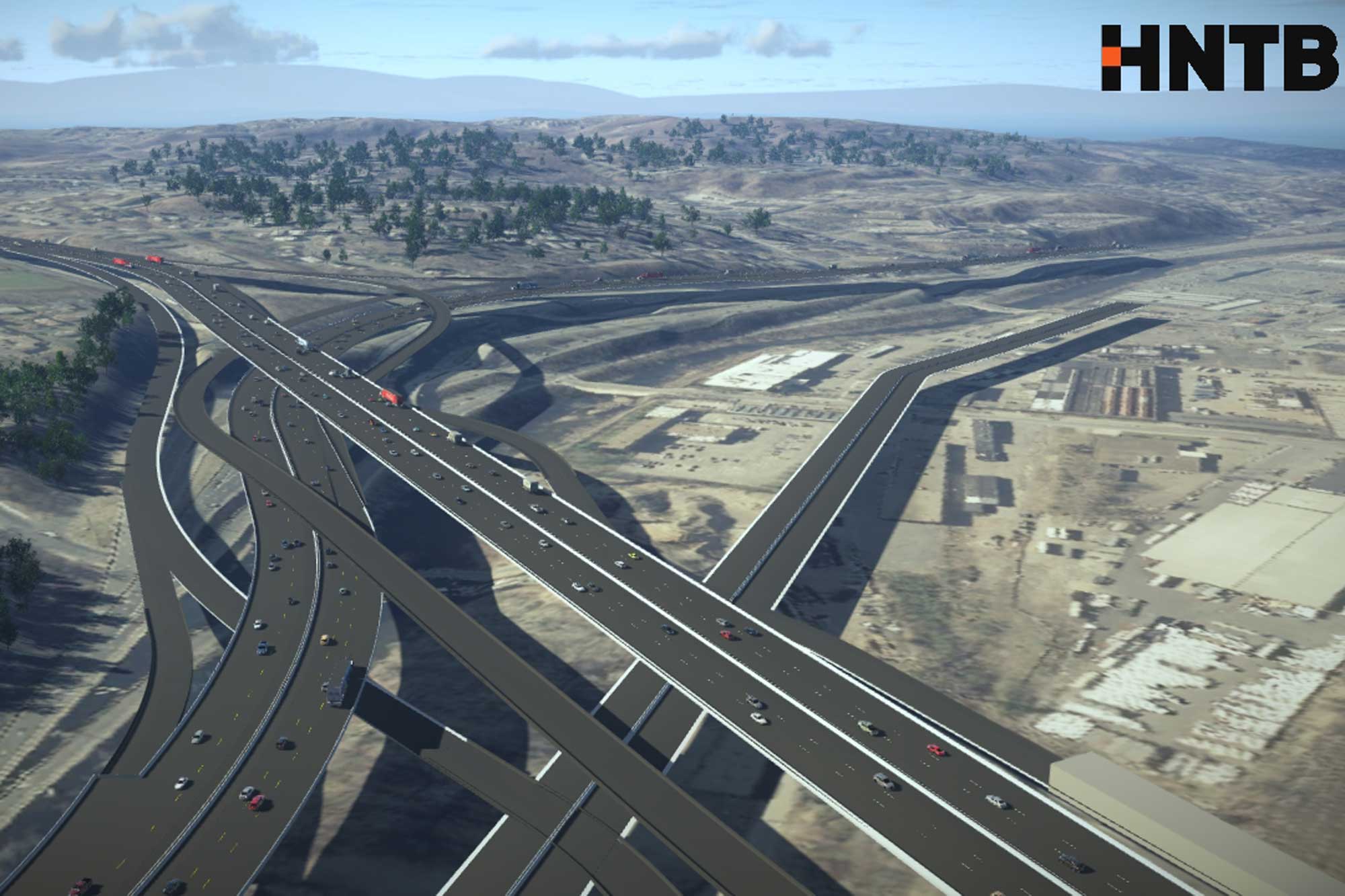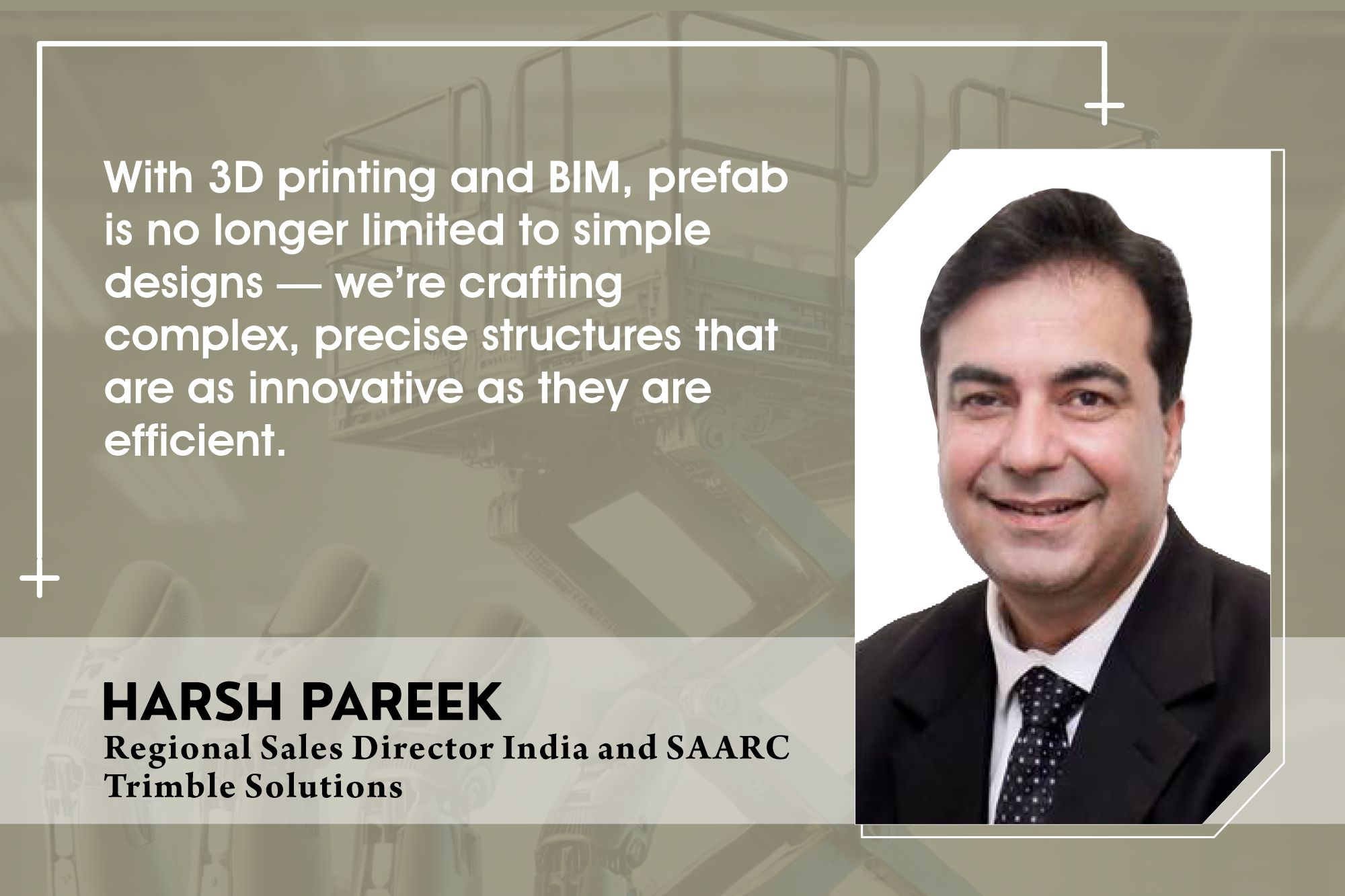Bridge construction accelerated with OpenRoadsConceptStation
By Edit Team | August 24, 2017 6:18 am SHARE

The I-84 and SR-8 interchange, which provides access to downtown Waterbury, Connecticut, is a critical link to the US interstate system. Originally designed and constructed in the 1960s with a stacked design containing double-decker sections, the interchange now carries an estimated 150,000 vehicles a day, triple the amount it accommodated when first built. In addition to the serious capacity issues, Connecticut Department of Transportation (ConnDOT) is facing increasing maintenance costs in order to address bridge deficiencies.
ConnDOT engaged HNTB Corporation to study and recommend a preferred design alternative and to develop the detailed design of an upgraded interchange to current construction standards. The final design also needed to provide easier access to Waterbury’s central business district, fuelling further re-development along the Naugatuck River, which runs parallel with SR-8. Key objectives for this US$ 2 billion project included meeting the capacity issues, but also delivering safety improvements that would address geometric deficiencies identified in a 2010 Interchange Needs Study.
HNTB’s biggest challenge was to implement a solution that would enabled it to quickly develop alternatives that met current design criteria, evaluate constructability, manage data across many locations, visualise and review results, and ultimately deliver costings. It was the team’s combined use of OpenRoadsConceptStation, OpenBridge Modeler, OpenRoads technology within Bentley’s InRoads, and the ability to share data between phases and disciplines of the project, which proved critical to HNTB’s success.
OpenRoadsConceptStation provided designers with the ability to quickly and efficiently evaluate different scenarios using the required design standards. Its GeoCoordination Services helped the team save time and money by helping them quickly locate and organise relevant project context at the beginning of the project.
In addition, HNTB reduced conceptual design time by four days using OpenRoadsConceptStation as compared to the traditional detailed design workflow. The software also enabled the design team to pass conceptual design models, including horizontal and vertical geometry, seamlessly to the detailed design phase. Using the embedded Bentley LumenRT engine, OpenRoadsConceptStation’s visualisation capabilities also allowed the team to rapidly review the complete project in a rich 3D environment and communicate options to all stakeholders involved.
Due to the complexity and condensed footprint of the interchange, bridge clearance and pier locations were critical to design and constructability. OpenBridge Modeler helped HNTB design and model all of the bridges within the same modeling environment, ensuring potential conflicts were identified and resolved early in the process. ProjectWise was used for storage of the refined project data and shared by key members of the project team to ensure efficient collaboration.
Kevin Schlereth, PE, delivery technology group manager, HNTB Corporation, said, “Bentley’s understanding of design requirements has created a powerful tool for conceptual design. Today’s project schedules are getting shorter and shorter, and time savings is critical to project success.”
Cookie Consent
We use cookies to personalize your experience. By continuing to visit this website you agree to our Terms & Conditions, Privacy Policy and Cookie Policy.





















































